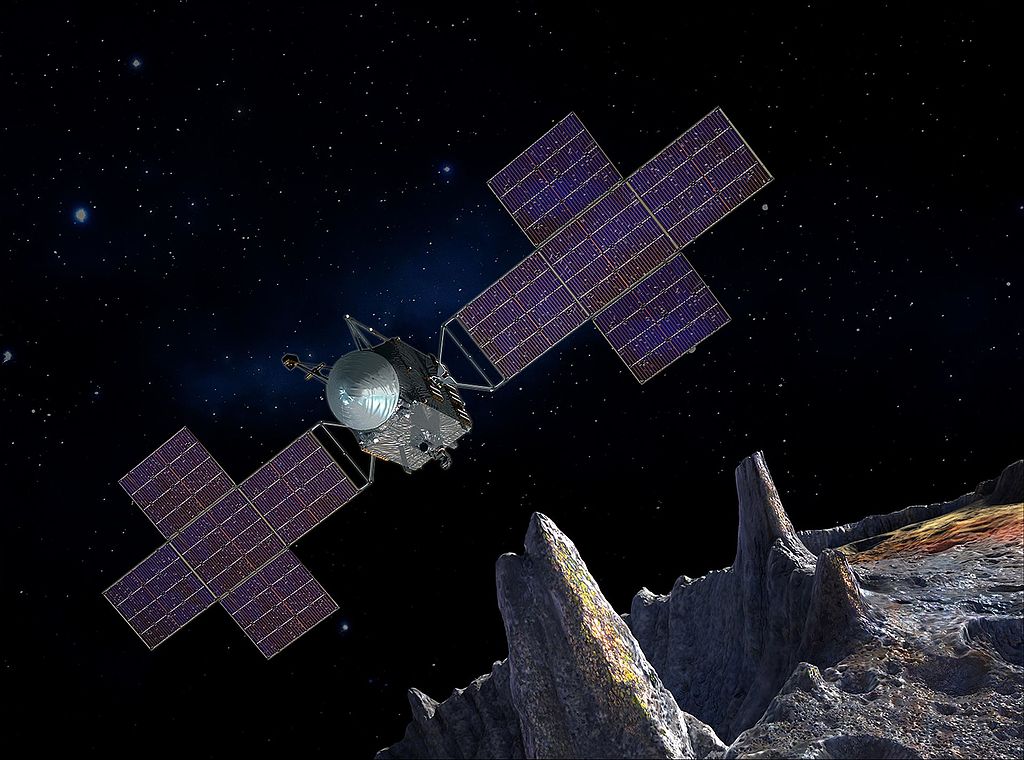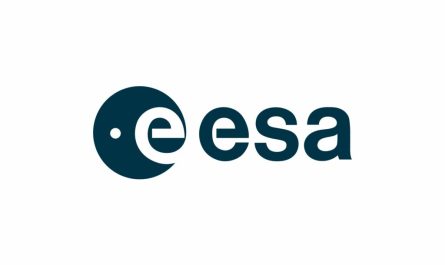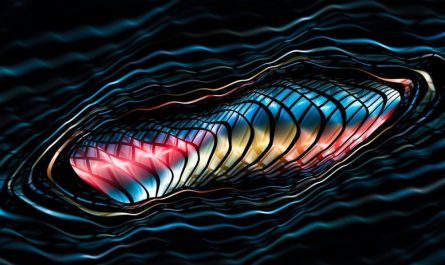NASA’s Deep Space Network (DSN) has been responsible for maintaining contact with missions venturing beyond Low Earth Orbit (LEO) since 1963. In addition to relaying communications and instructions, the DSN has sent breathtaking images and invaluable science data back to Earth. As missions become more sophisticated, the amount of data they can gather and transmit is rapidly rising. To meet these growing needs, NASA has transitioned to higher-bandwidth radio spectrum transmissions. However, there is no way to increase data rates without scaling the size of its antennas or the power of its radio transmitters.
To meet these needs, NASA has created the Deep Space Optical Communications (DSOC), which relies on focused light (lasers) to stream very high-bandwidth video and other data from deep space. Compared to conventional radio, optical arrays are typically faster, more secure, lighter, and more flexible. In a recent test, NASA used this technology demonstrator to beam a video to Earth from a record-setting distance of 31 million km (19 million mi) – about 80 times the distance between the Earth and the Moon. The video, featuring a cat named Taters, marks a historic milestone and demonstrates the effectiveness of optical communications.
The 15-second test video was transmitted via a cutting-edge flight laser transceiver, a near-infrared transmitter that was installed with the DSOC on NASA’s Psyche mission before it launched on October 13th, 2023. The video was sent at the system’s maximum bit rate of 267 megabits per second (Mbps) and took 101 seconds to reach Earth. The instrument beamed an encoded near-infrared laser to the Hale Telescope at Caltech’s Palomar Observatory, where it was downloaded. The frames of the looping video were then sent to NASA’s Jet Propulsion Laboratory, where the video was played in real-time.
A Major Milestone
The laser communications demo is designed to transmit data at rates 10 to 100 times greater than even the most advanced radio frequency systems currently used by deep space missions today. As the Psyche mission travels toward the Main Asteroid Belt to rendezvous with the metallic asteroid (for which it is named), the system will send signals to Earth all the way out to Mars, which is currently at its farthest distance from Earth. The technology demonstration will pave the way for communications systems that send complex scientific data, high-definition imagery, and video.
This technology will enable future missions to deep space, including NASA’s next great leap: sending crewed missions to Mars. Said Bill Klipstein, the tech demo’s project manager at JPL, in a NASA press release:
“One of the goals is to demonstrate the ability to transmit broadband video across millions of miles. Nothing on Psyche generates video data, so we usually send packets of randomly generated test data. But to make this significant event more memorable, we decided to work with designers at JPL to create a fun video, which captures the essence of the demo as part of the Psyche mission.”
This latest milestone comes on the heels of the system collecting its “first light” on November 14th, followed by weekly checkouts showing faster downlink speeds and increased pointing accuracy. During one checkout on the night of December 4th, the project demonstrated downlink bit rates of 62.5 Mbps, 100 Mbps, and 267 Mbps. This is comparable to broadband internet download speeds and allowed the team to download a total of 1.3 terabits of data. This is slightly more data than NASA downlinked from the Magellan spacecraft during the full duration of its mission (1990 to 1994). Said Ken Andrews, project flight operations lead at JPL:
“When we achieved first light, we were excited, but also cautious. This is a new technology, and we are experimenting with how it works,” “But now, with the help of our Psyche colleagues, we are getting used to working with the system and can lock onto the spacecraft and ground terminals for longer than we could previously. We are learning something new during each checkout.”

Featuring Taters!
The short ultra-high definition video, uploaded before launch, features an orange tabby named Taters – the cat of a JPL employee. Taters is shown chasing a laser pointer while his heart rate, color, and breed are included in the display. The video includes overlayed graphics that illustrate several mission features, such as Psyche’s orbital path, Palomar’s telescope dome, and technical information about the laser and its data bit rate. Said Ryan Rogalin, the project’s receiver electronics lead at JPL:
“Despite transmitting from millions of miles away, it was able to send the video faster than most broadband internet connections. In fact, after receiving the video at Palomar, it was sent to JPL over the internet, and that connection was slower than the signal coming from deep space. JPL’s DesignLab did an amazing job helping us showcase this technology – everyone loves Taters.”
The message was selected for several reasons, including the popularity of cat memes today and to establish a historical connection. In 1928, a small statue of the popular cartoon character Felix the Cat was featured in a test television broadcast. In this respect, NASA is keeping up the tradition of featuring felines in breakthrough technology demonstrations!
Onto Mars… and Beyond!
The ability to transmit high-definition data, images, and video from deep space is crucial to NASA’s plans for future missions to Mars and beyond. In addition to the scientific benefits mentioned above, high-data-rate optical communications will also let astronauts stay in contact with Earth during long-duration missions. For NASA’s proposed mission to Mars, the transits alone will last as much as nine months, followed by over a year of surface operations. That adds up to about three years that the astronauts will spend away from their families and all the comforts of home.
In this respect, developing communications networks that can handle higher bandwidth and transfer rates is essential to mission success and maintaining the health and sanity of astronauts. NASA Deputy Administrator Pam Melroy summarized:
“This accomplishment underscores our commitment to advancing optical communications as a key element to meeting our future data transmission needs. Increasing our bandwidth is essential to achieving our future exploration and science goals, and we look forward to the continued advancement of this technology and the transformation of how we communicate during future interplanetary missions.”
To see a breakdown and description of the video’s components, click here.
Further Reading: NASA


